It’s time for me to review the second aged sencha that I’ve got from The Tea Crane! I was going to say that I don’t think I’ve tried this cultivar, but thanks to this blog, I found out that I have tried it once – at a cafe. Looking at the notes from that time, I found it sweet, vegetal, and that an umami note appeared as the tea cooled down. I’m guessing that since this is the aged version, the umami note might not appear at all.
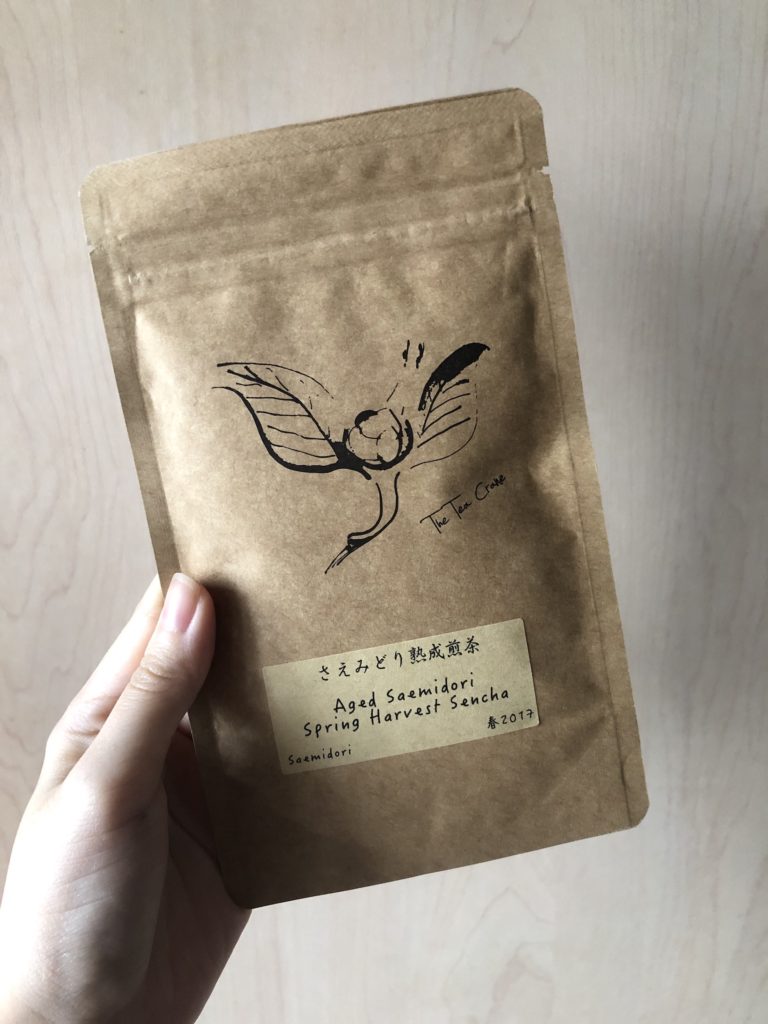
First Impressions
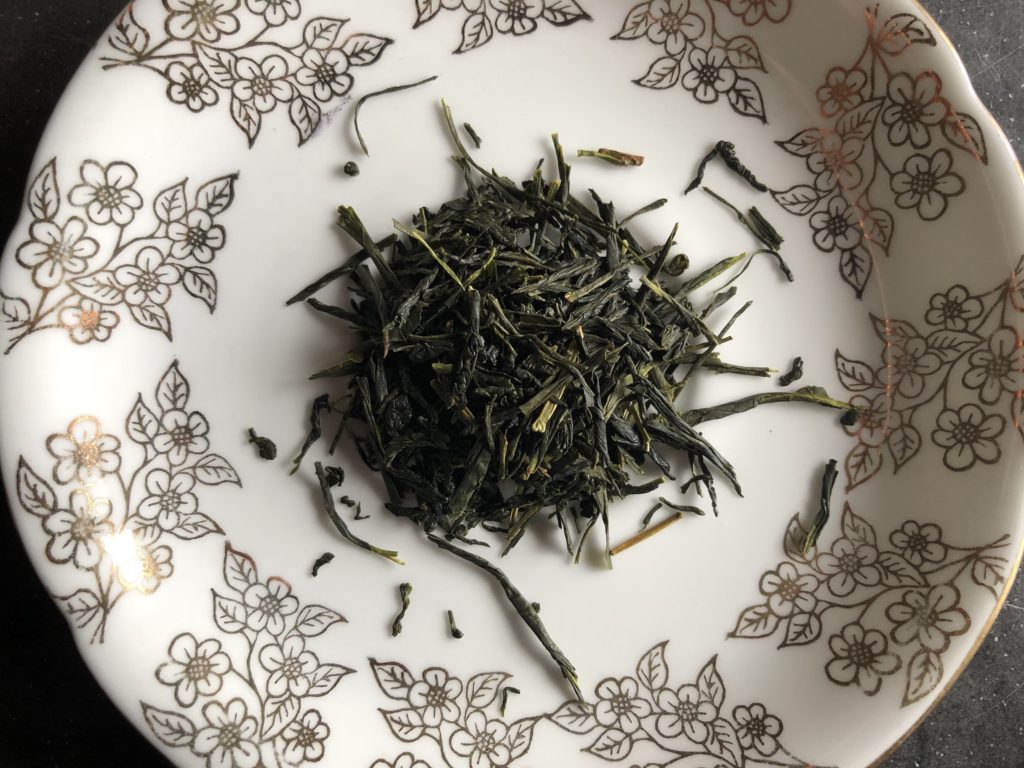
The dry leaves were long and dark green, with a grassy smell. I did get a whiff of umami when I opened the packet, but that quickly disappeared and was replaced with something I mentally categorise as “sencha-floral”.
Tasting Notes

The first steep produced a yellow tea liquor that was sweet and vegetal, with a slightly floral hint. I thought it was a very fragrant tea and liked the way it lingered in the throat after drinking.
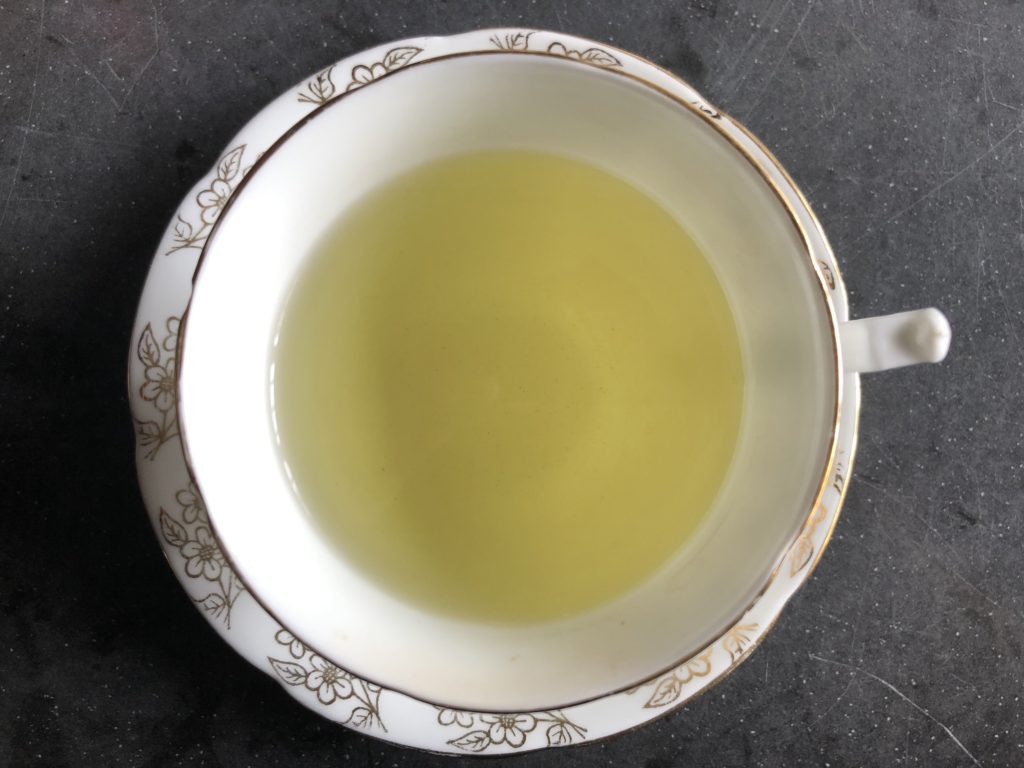
The second steep looked much like the first and tasted pretty similar too. The floral note was a bit stronger and the sweet and vegetal notes slightly less strong, but the overall profile of the tea was the same. In one session with the tea, I did get a slight bitter note from this, but it wasn’t as strong as with the aged Yabukita tea.
Honestly, from the third steep onwards, the tea kept to the same few notes – sweet, vegetal, and floral. The bitterness that appeared in one session disappeared pretty quickly, and the tea stayed consistent. I was most impressed by how many steeps I could get out of it – I gave my mum the fourth steep once and she was like “oh, this is really fragrant” when normally, I’d expect to be squeezing the last bits of flavour out of the tea at this stage.
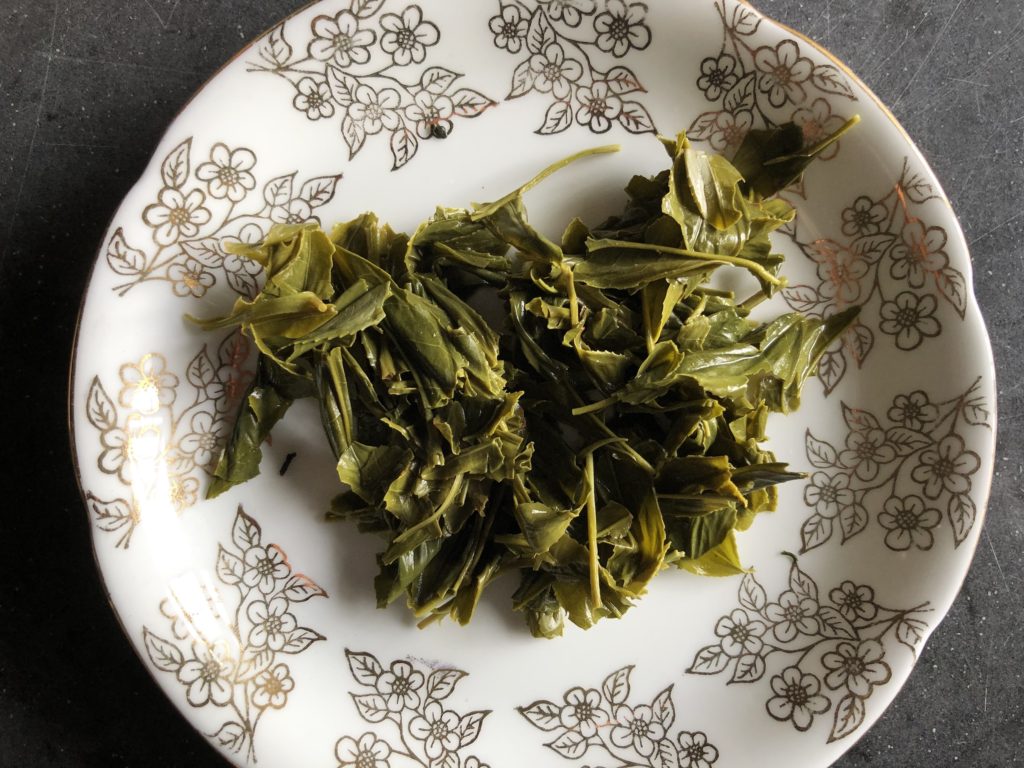
The spent leaves seemed a bit yellow, but I’m not sure if that’s because of ageing or if the cultivar is like that.
Conclusions
I definitely like this better than the aged Yabukita. The bitterness in the yabukita was either much less or not present here, and the floral note adds a bit of uniqueness to the tea. That said, it’s a pity that the umami note has disappeared.
While I probably wouldn’t be seeking out aged senchas for the sake of them, since the only change I can see is the disappearance of the umami note which I like, I am interested in drinking more saemidori-only senchas and getting to know the tea a bit more.
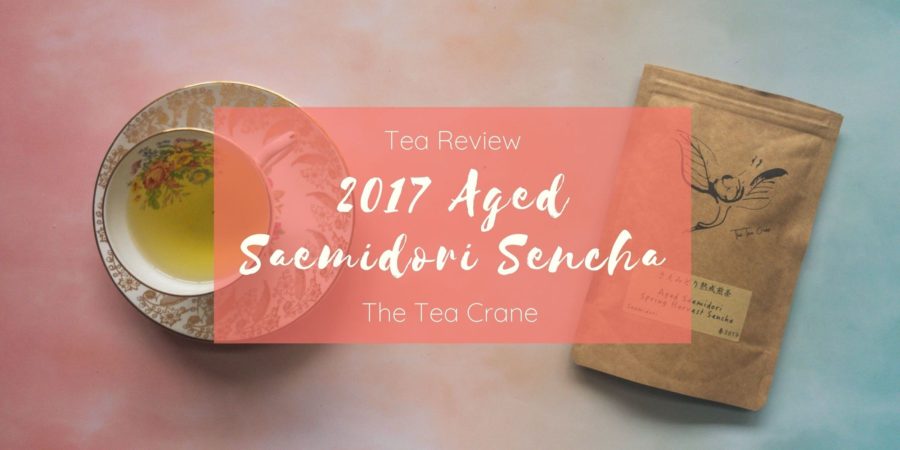
It’s interesting that the flavour lasts for so many steeps!
Yes, I was surprised! I think 5 is normally the limit for Japanese teas (for me, anyway)